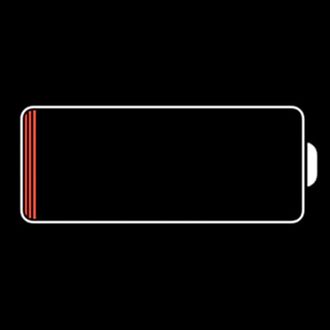
Other than the company’s notoriously lax attitude about background checks, allegations of drivers kidnapping and raping riders, and that, um, interesting new logo, the worst thing about Uber is surge pricing. And, not surprisingly, the company has figured out exactly when you are more likely to pay double or triple the cost of your ride: when your phone battery is low.
Uber’s head of economic research, Keith Chen, recently told NPR’s Shankar Vedantam on an episode of The Hidden Brain podcast that people are willing to accept up to 9.9 times surge pricing (ouch) if their phones are about to go dead. Data about user batteries is collected because the app uses that information to know when to switch into low-power mode. The idea being: If you really need to get where you’re going, you’ll pay just about anything (or at least 9.9 times anything) to ensure you’re getting a ride home and won’t be stranded. A person with a more fully charged device has time to wait and see if the surge pricing goes down.
Chen called it an “interesting kind of psychological fact of human behavior,” and promised that the company is not using that data to gouge riders. Which is good for me, (and the 15 percent of American adults who use ride-hailing apps) because my battery is constantly in a state of “if I turn the back-light all the way down and don’t run any other apps I might MIGHT be able to send one more tweet before my phone dies.”





























